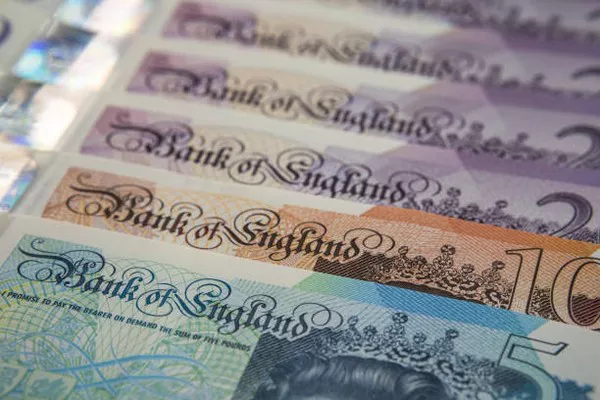In recent times, the pound sterling (GBP) has experienced a period of relative weakness against the euro (EUR), sparking discussions and analyses on the underlying reasons driving this trend. The relationship between these currencies is influenced by a complex interplay of economic, political, and market factors. This article delves into the key drivers behind the pound’s weakness against the euro, exploring both immediate and structural influences shaping this currency dynamic.
Economic Factors
1. Interest Rates and Monetary Policy
Central bank actions, particularly those of the Bank of England (BoE) and the European Central Bank (ECB), play a crucial role in shaping the relative value of currencies. Interest rate differentials between the UK and Eurozone influence capital flows and currency demand. The BoE’s relatively lower interest rates compared to the ECB’s, coupled with concerns about inflation and economic growth, can dampen demand for the pound, contributing to its weakness against the euro.
2. Economic Performance and Growth Outlook
Economic indicators, such as GDP growth, employment figures, and inflation rates, influence currency valuations. The UK’s economic performance post-Brexit has been mixed, with challenges such as supply chain disruptions and rising inflation impacting investor sentiment. In contrast, the Eurozone has shown signs of resilience, buoyed by robust manufacturing activity and export growth. This divergence in economic outlooks can contribute to euro strength and pound weakness.
3. Trade and Current Account Balances
The UK has experienced persistent trade deficits and current account deficits in recent years. A trade deficit indicates that the value of goods and services imported exceeds exports, creating downward pressure on the pound. In comparison, the Eurozone’s current account surplus contributes to euro strength. Persistent deficits can erode confidence in a currency’s value, affecting its exchange rate.
Political and Policy Factors
1. Brexit Uncertainty and Trade Relations
The UK’s decision to leave the European Union (EU) has been a significant driver of pound volatility. Brexit-related uncertainties, particularly surrounding trade agreements and regulatory frameworks, have weighed on investor confidence in the UK economy. Ongoing negotiations and adjustments to post-Brexit trade relations with the EU and other global partners can contribute to pound weakness against the euro.
2. Political Stability and Risk Perception
Political stability and governance effectiveness impact currency values. Periods of political uncertainty or upheaval can undermine investor confidence and lead to capital outflows, weakening the currency. The UK has experienced political turbulence in recent years, including Brexit-related political tensions and changes in leadership, which can contribute to pound depreciation against the euro.
Market Sentiment and External Influences
1. Investor Sentiment and Risk Appetite
Currency markets are influenced by investor sentiment and risk appetite. During times of heightened global uncertainty or market volatility, investors may seek safer assets, such as the euro, leading to increased demand and appreciation relative to riskier currencies like the pound. Events such as geopolitical tensions, global economic shocks, or financial market disruptions can impact market sentiment and currency valuations.
2. Speculative Trading and Market Dynamics
Speculative trading and market dynamics can amplify currency movements. Traders and investors may engage in short-term speculative activities based on technical indicators, news events, or macroeconomic data releases, influencing short-term exchange rate fluctuations. The pound’s vulnerability to speculative pressures can exacerbate its weakness against the euro in volatile market conditions.
Conclusion
The weakness of the pound against the euro is driven by a combination of economic, political, and market factors. While immediate catalysts such as interest rate differentials and Brexit-related uncertainties contribute to short-term fluctuations, underlying structural issues like trade imbalances and political instability exert longer-term pressures on the pound’s valuation.
Navigating currency dynamics requires a comprehensive understanding of these multifaceted influences. Central bank policies, government actions, global economic developments, and investor sentiment collectively shape exchange rate movements. Monitoring these factors and their interconnections is essential for businesses, investors, policymakers, and individuals seeking to comprehend and respond to currency fluctuations in the dynamic global financial landscape.


